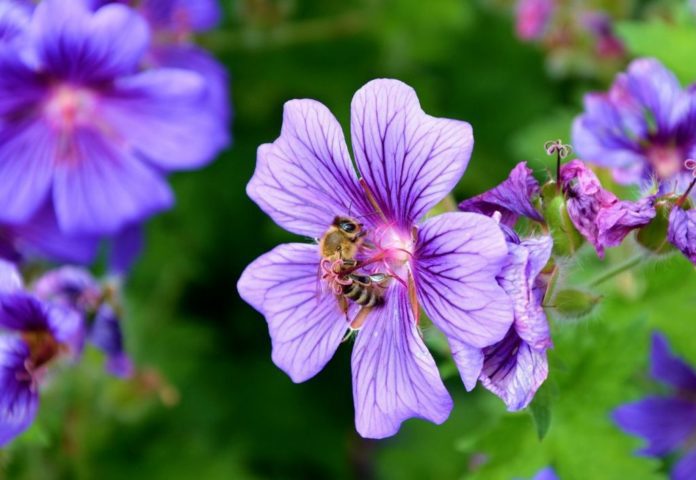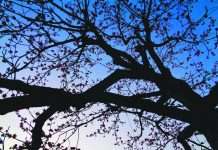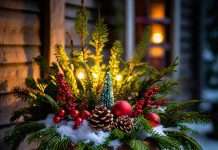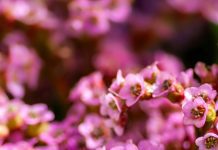
Home Gardening with Barbara – Alberta Bees
If I hadn’t gone to hear Lyndon Penner speak and bought his latest book Native Plants for the Short Season Yard, I wouldn’t have learned about the Helen Schuler Nature Centre. Because I had read about it I jumped at the chance to drive down to Lethbridge with a friend one day and visit the centre to see its rooftop garden planted with native grasses and flowers. (Actually we were on a mission to source Spudnuts but that’s a different story.) We did indeed see the native garden, and it is wonderful, definitely worth the drive. But even better was the display on the main level. This display changes several times a year, at the time of our visit featuring Alberta’s native bees. It was fascinating.
Everyone is familiar with Bombus the bumblebee, first to appear in the spring, and Apis mellifera the honeybee, so necessary for crop pollination, not to mention honey production. Gardeners know about the leaf-cutter bee and some have built boxes for mason bees to keep them in the neighbourhood. There are actually over 800 species of native bees in Canada; our scientists have identified more than 30 species native to Alberta, some of which look so much like flies that you need to look very closely to tell the difference.
There are orchard bees and mining bees, sweat bees, carpenter bees and plasterer bees, to name just a few. Some sting, most don’t. Most collect nectar and pollen, some are predators. Some, like the early-to-rise bumblebee and many of the smaller native guys, are out and about at the crack of dawn before the honeybee wakes up, and are more cold tolerant, foraging on cool cloudy days while the honeybee waits for the sun. Some bumblebee species are solitary, while others live in colonies, typically in holes underground. Usually, only the queen survives our harsh winter; the workers die off. Many native bees rely upon the nectar from only a few species of plants – you can imagine what happens when those plants are eradicated for commercial development or uniculture (think vast expanses of neatly trimmed grass – totally useless to a bee). Yes, some of them have stingers, but if you behave calmly when working in your garden in the company of bees, there is rarely a problem (unlike wasps, who are constantly in search of trouble and have a more aggressive nature).
If you care about the environment and would like to create a bee (and butterfly, incidentally) friendly garden, consider adding some native plants to your space. The list is very long indeed, including asters, blue flax, columbine, bee balm, clematis, honeysuckle, Jacob’s ladder and on and on. No doubt you already have some of these in your perennial beds, whether native or hybrid species. Watch what is attracting bees from spring to fall – when you have identified the successful attractors, plant more. The other part of the equation is pesticides – the lack of them. A chemical that will kill a caterpillar or moth will kill a bee. Simple as that. A bee friendly garden is a pesticide free garden.
Seventy percent (70%) of all flowering plants need bees to pollinate so they can reproduce. The Department of Agriculture tells us that one-third of the human diet comes from insect-pollinated plants. Have you ever stood under a tree in bloom in the spring, and thought the whole tree was buzzing? Right. The pollinators are hard at work. Bees are hugely important to our society.
Barbara Shorrock is a member of the Queensland Garden Club, which meets monthly on the first Wednesday at the Queensland Community Centre. All are welcome; it doesn’t matter where you live.









